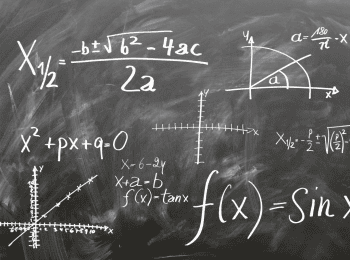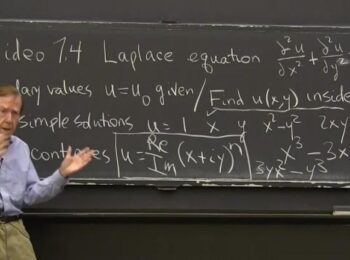Rectangle Calc: Find A
Stuck on a math problem for homework? Trying to help your child or a friend in need? Working on a project at home and can’t figure out the area of a rectangle? Don’t worry! This article is here with the answer!
When you’re facing a rectangle calc: find A problem, there’s a simple formula to remember. Follow the steps below, and you’ll have your answer in no time.
What Does A Stand For?
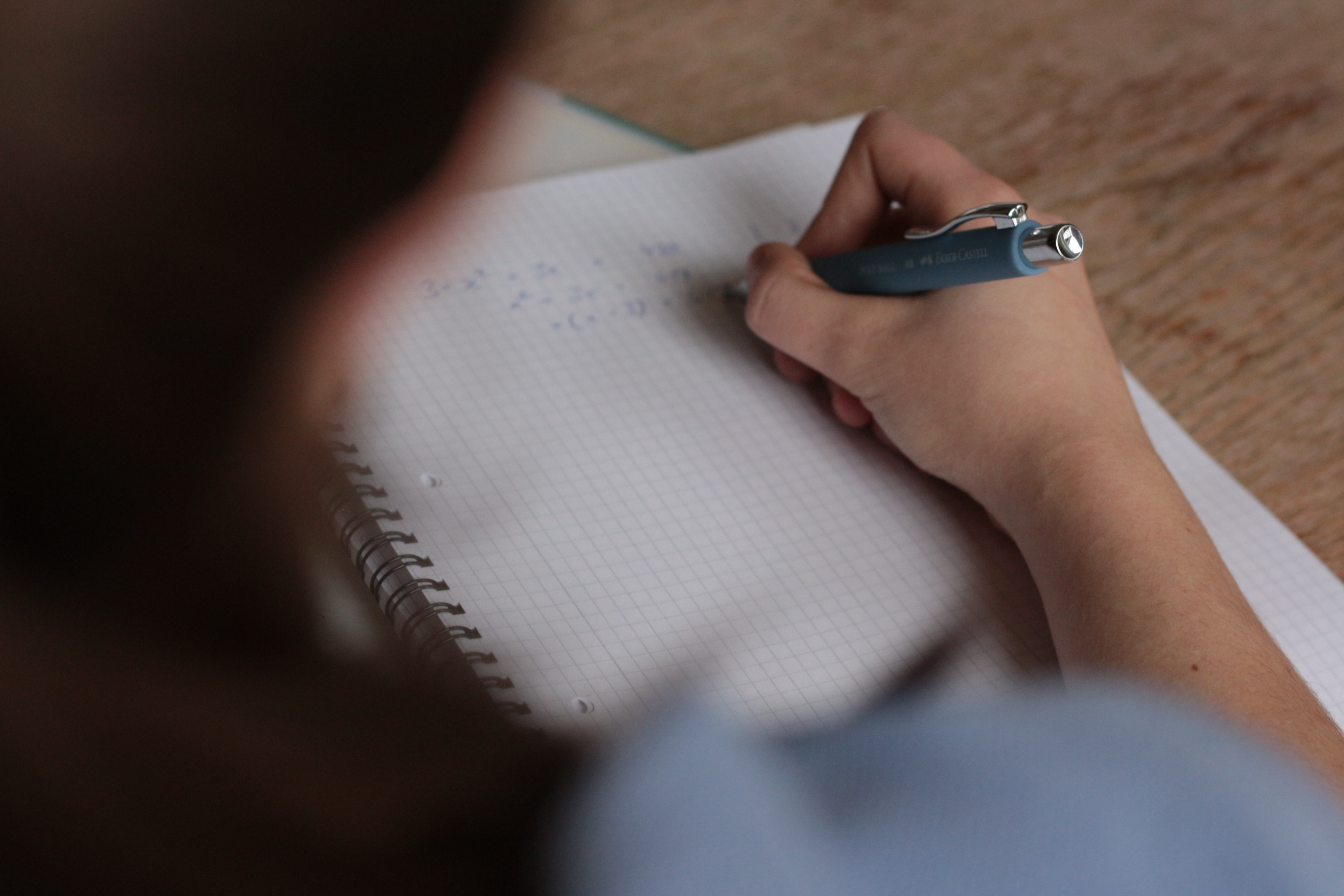
Photo by Louis Bauer from Pexels
Before diving into the answer to your math problem, there are some things you need to know first. You know that you are dealing with a rectangle, a familiar shape, and the elements of a rectangle. There are four sides with two different lengths, space inside of the box this shape creates, and a few factors to the problem you’re viewing as well.
Knowing more about these factors will help you solve A. The longer lines comprising the rectangle are the length lines. Meanwhile, the shorter sides are the width. These are often denoted as X or L for length and Y or W for width.
Keep in mind that these can be any letters in the alphabet. It doesn’t matter which letters they are when solving the
problem. All you need to do is identify which is the length and the width for this rectangle calculation.
Both of these numbers are used to find A, which stands for area. The area of a shape is a surface measurement, identifying the entire area taken up by the side of the shape you’re looking at. In this case, the area for your 2-D rectangle is the entire space contained inside its four walls.
The equation to find an area is straightforward, with one main variation. Once you know the equation, solving it is a piece of cake.
It looks like this:
A = X • Y
By multiplying the length (X) by the width (Y), you can quickly determine the area within any rectangle. You can also use this equation on squares, but other shapes require a different setup since they have varying numbers of sides.
Why Do I Need This?
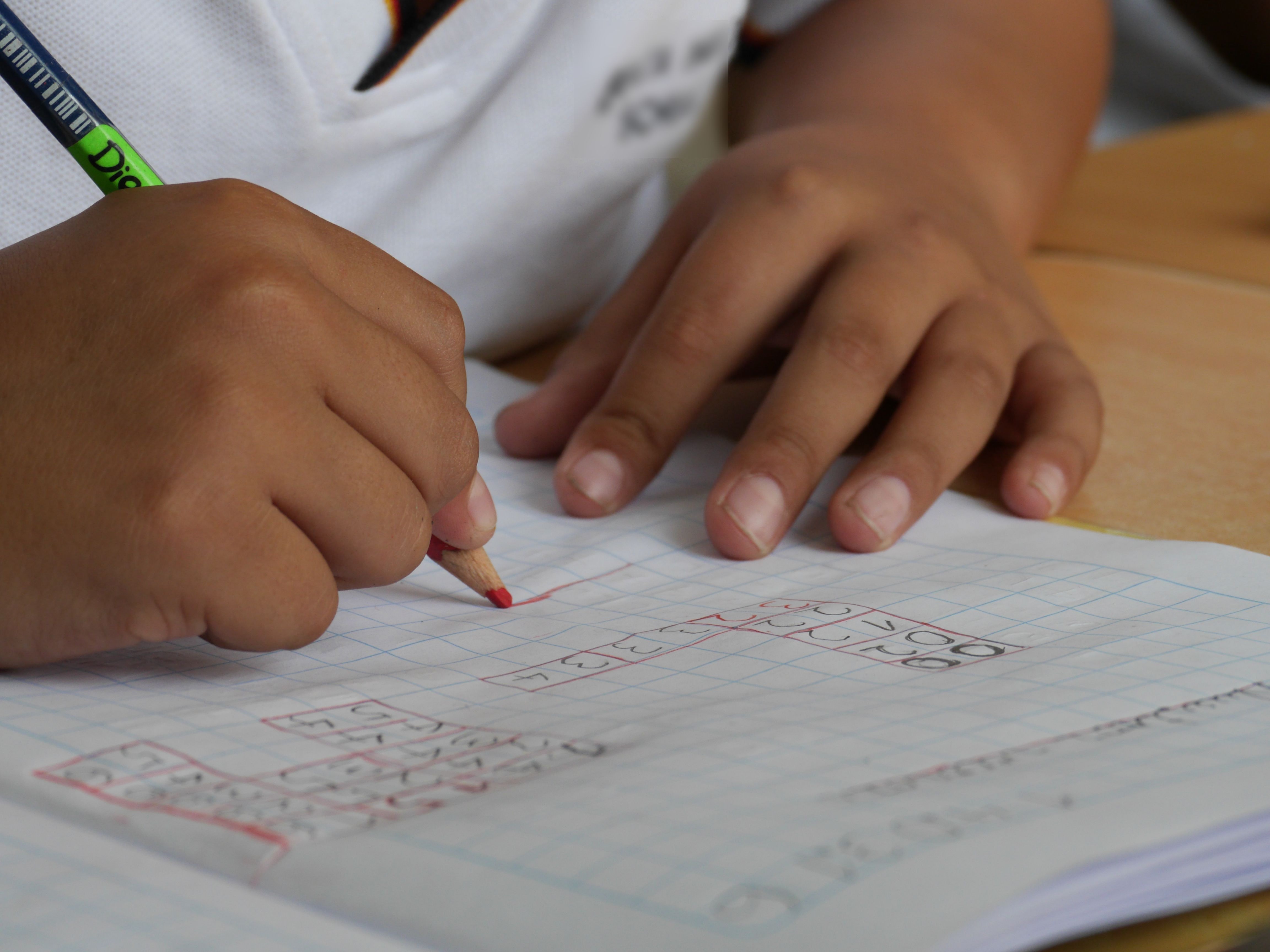
Image by pexels
Not a lot of people are motivated to solve a math problem “just because,” which is why it helps to visualize a real-world instance where an equation is used. You might wonder if there ever is a time when you might need to solve for A, but the truth is that people have been doing so for thousands of years.
Ancient Mesopotamian writings first talked about finding the area inside of a space. This civilization used the same equation for farming, determining how large a plot of crops would be. They knew if one farm was twice as wide and three times as long as another, the larger farm would be six times the size.
Around 2,500 B.C., architects were using area equations for two-dimensional triangles to construct the pyramids at Giza. Chinese cultures were working on advanced area equations for multi-sided shapes by 100 B.C.
The orbits of planets in our solar system were calculated using this equation, too. Johannes Keppler was able to measure sections of their orbits in the early 1600s, calculating the area of an oval to determine their path around the sun.
Sir Isaac Newton expanded on this concept, using area equations to develop the mathematical field of calculus. So, ancient humans and those in the relatively not-so-distant past relied on this formula for everything from daily life to advancing discoveries.
You can use this equation in your everyday life, as well. If you were buying carpet or flooring for a room in your house, you would need to know the area to buy the correct amount of materials. People who knit and sew need to know the area of a quilt before making it. The same goes for wallpaper and painting.
How much area does one bucket of paint cover? Will two be enough for your bedroom, or will you risk wasting your money on buying more than you need? Another real-life example would be construction work, where equations for shapes are continuously used to design and build different projects.
How to Solve for A
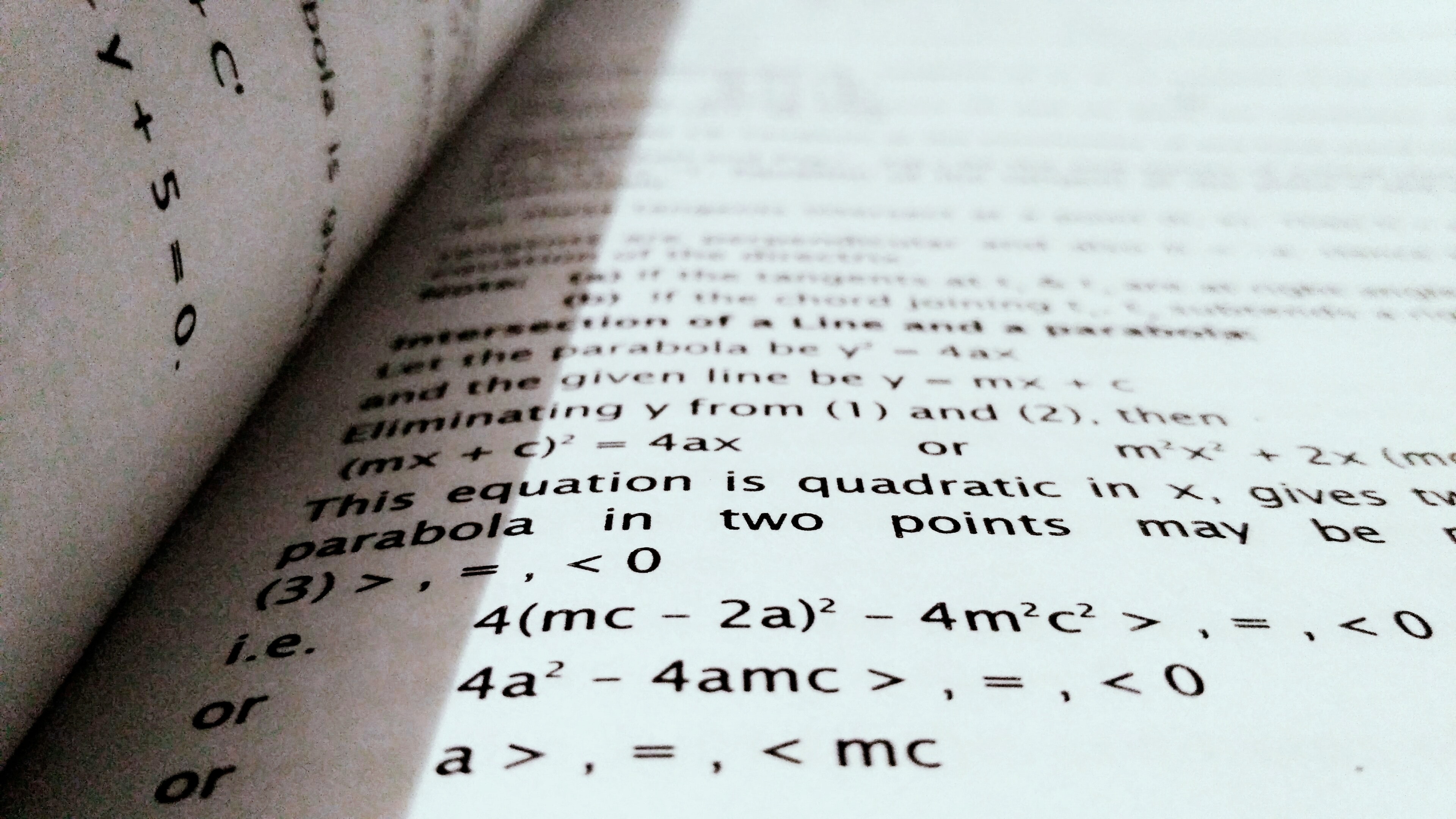
Photo by Deepak Gautam from Pexels
Solving for A is a simple process. Start with the equation from earlier, A = X • Y, then plug in the numbers for length and width. The majority of math problems will give you this information until you head into more complicated levels of calculus.
If your rectangle had a length of 15 and a width of 8, your equation would become A = 15 • 8. From there, all you have to do is multiply the two to get your answer. So:
A = 15 • 8
A = 120
While 120 is your numerical answer, you’re not finished with this problem just yet. Each rectangle you work within these types of calculations will have a specific measurement. This could be anything from inches to yards and beyond. To finish your answer, add in the unit of measurement after the number.
If this problem were in feet, A = 120 ft would sound like the correct answer. However, the area of a rectangle is measured in square units. So, the answer is 120 square feet. You can abbreviate this to 120 Sq — Ft. or 120 in2 to save time.
Having the unit next to the number is essential when dealing with real-life scenarios. While you might not be handling those now, it’s an excellent idea to get in the practice of including the form of measurement.
This formula works for any numbers you plug in, too. If A = 7 in • 5 in, then the area is 35 in. If A = 364 yds • 196 yds, then A = 71,344 yds. Now that you know how to solve for area, you can handle any “rectangle calc: find A” problem.
Keep practicing honing your skill and speed with this equation. The more you practice, the easier these math problems become. Can you find A when the length of a rectangle is 12 in, and the width is 11 in? What about 20 ft and 9 ft?
Upping the Ante
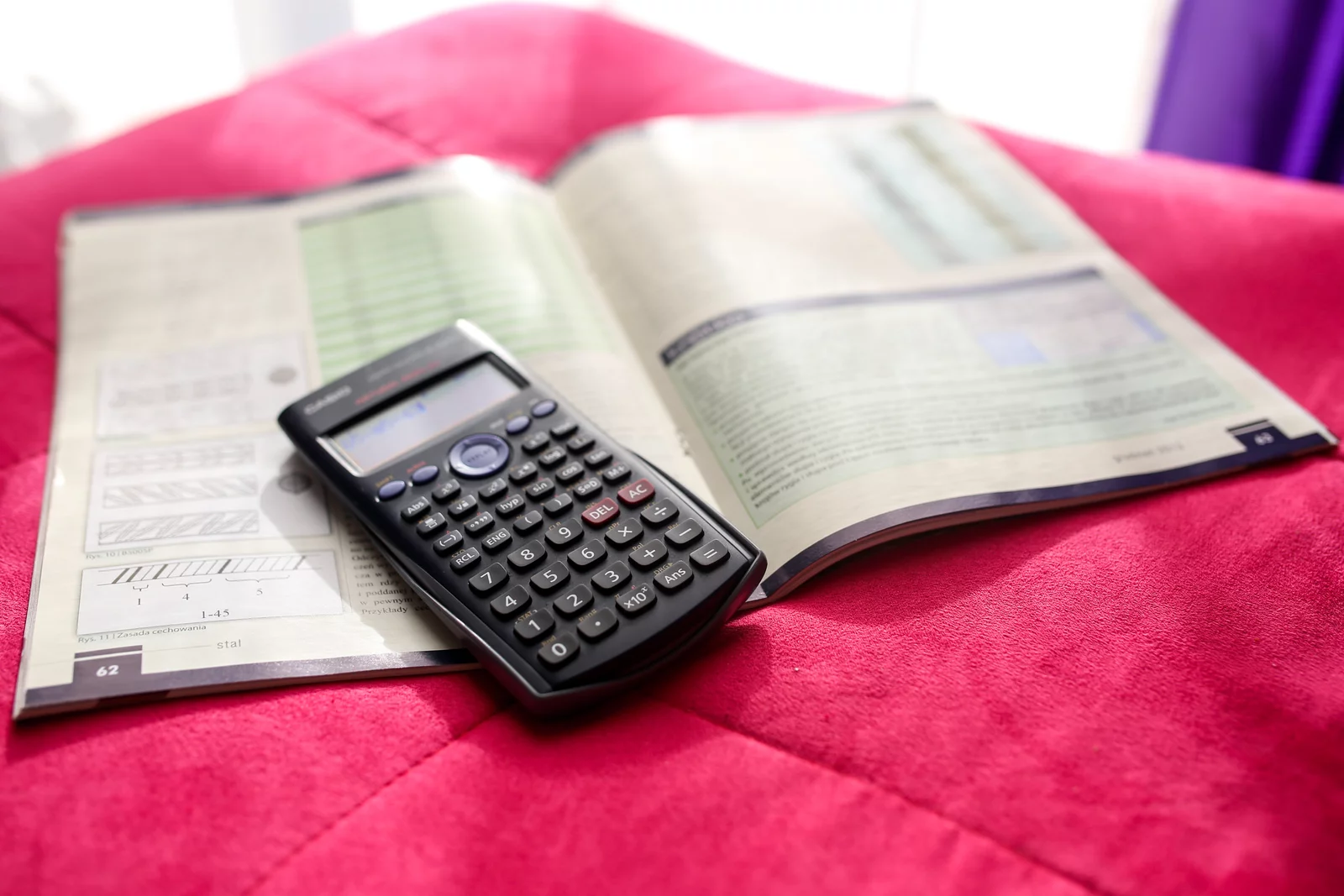
Photo by Kaboompics .com from Pexels
Of course, you won’t always run into easier problems with whole numbers. The length and width can include fractions, and often does in real-life scenarios. These can be represented by a number like 11.25 or a mixed number such as 115/8. Solving for these is a little more complicated, but not as challenging as you might think.
Look at the original problem above, A = 15 • 8. Suppose those numbers changed, making the length 155/8 and the width 81/2. Both of those measurements are in feet this time. Do you think you can still solve it? The equation now looks like this:
A = 15 • 8
To solve this problem, you will need to follow the same area formula while using your knowledge about multiplying fractions. The next step would be to change the length and width from mixed numbers to improper fractions.
15 = = and 8 = =
Next, you can apply the multiplication formula for fractions to combine your length and width.
Then, you need to simplify the answer from an improper fraction back to a mixed number. Finally, add in the unit of measurement to complete your answer to the problem.
A = 132 ft2
Do you see? Solving a more complex equation only takes a little extra time now that you know the formula for area. If all of that seemed a little tricky, don’t worry. Keep practicing, and you’ll get the hang of it in no time. Soon, you’ll find yourself solving “rectangle calc: find A” problems in a matter of minutes.
With Only One Element

Photo by rawpixel.com from Pexels
You will eventually run into problems where neither the length or width is known. In this case, the diagonal is usually given for you to use the second area formula for a rectangle. This formula is:
A = d2 ÷ 2
If the diagonal length, from one end corner to another, was 13 inches, then what would the answer be? Here’s the solution:
A = 132 ÷ 2
A = 169 ÷ 2
A = 84.5 in2
A Note on Squares

Image by pexels
With squares, you have a shape that is even on all sides. This allows you to further simplify the formula to save time. While you’ll work more with rectangles, any time-saving tricks in math are worth your while.
You can stick with the same A = X • Y formula if you want or simplify that to A = s2. S stands for the length of any one side, which is then squared to find the area. So, the answer A = 122in is A = 144 square inches.
Conclusion
Finding the area of a rectangle is simple once you know which formula to use. Since there are only two, you can master this mathematical concept with ease. Keep practicing to improve your skill and speed at solving these problems!
The video may take a few seconds to load.Having trouble Viewing Video content? Some browsers do not support this version – Try a different browser.


